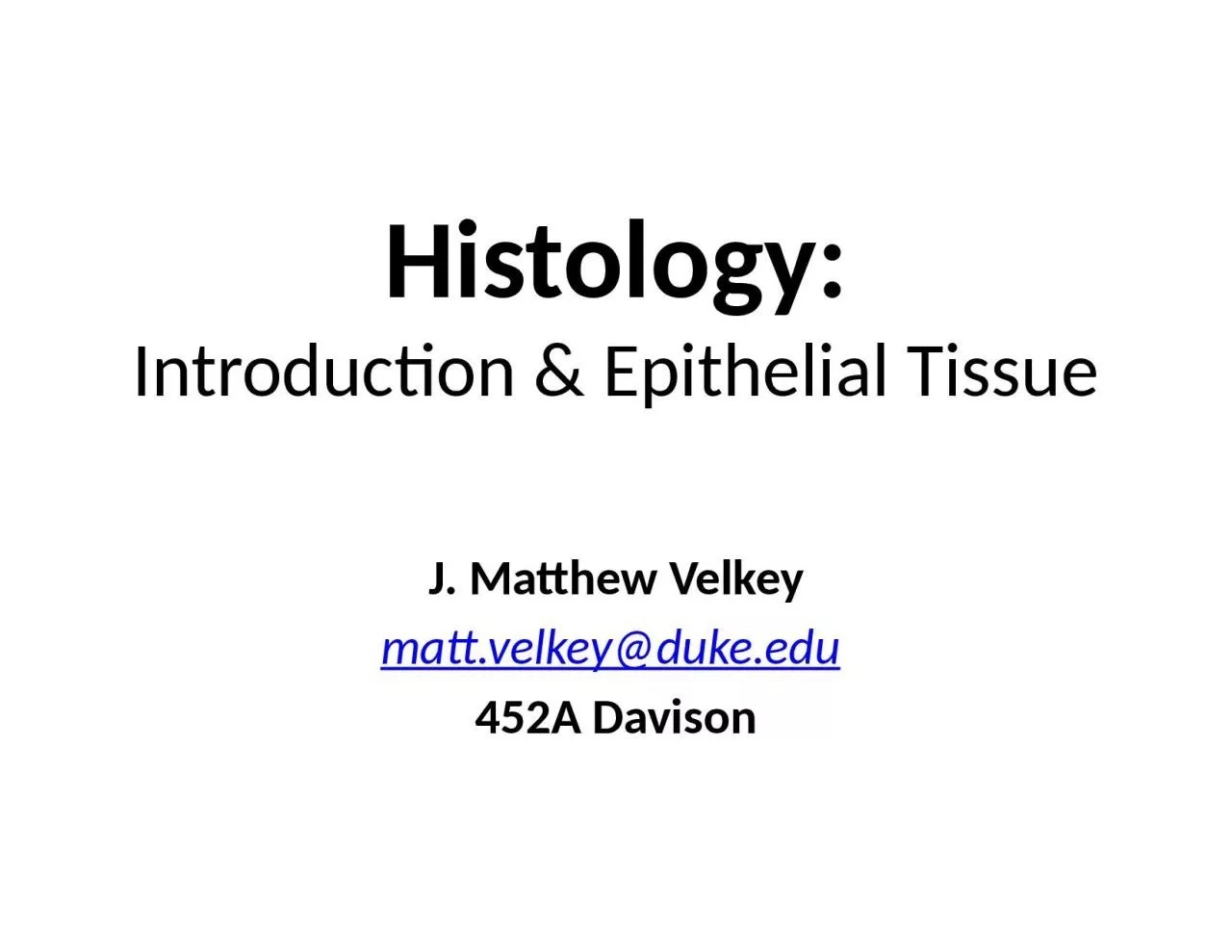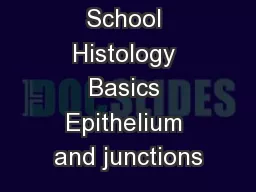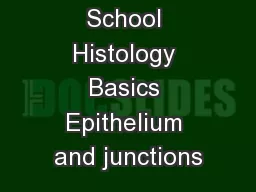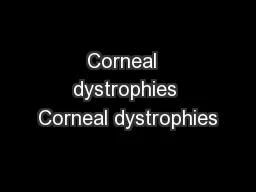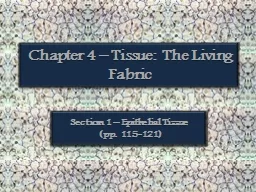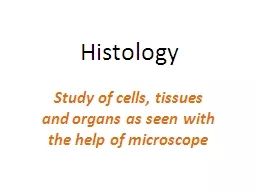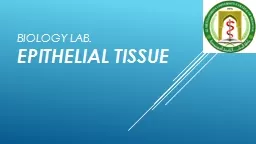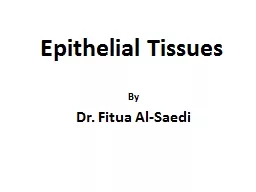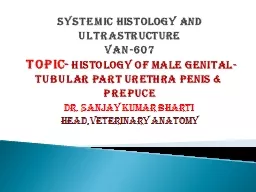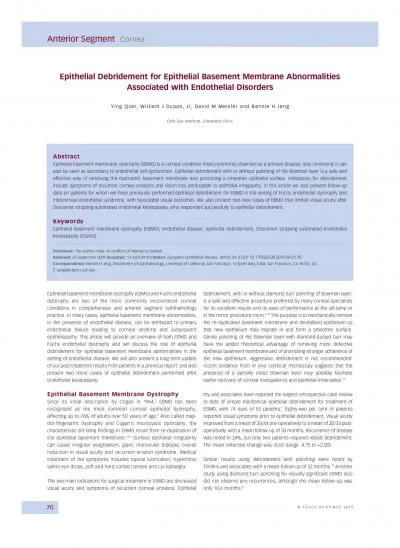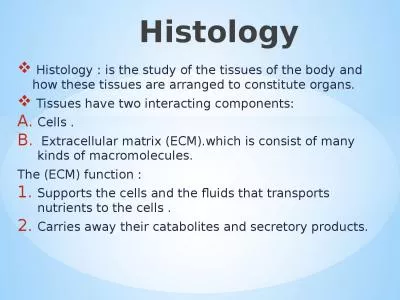PPT-Histology: Introduction & Epithelial Tissue
Author : cleminal | Published Date : 2020-08-29
J Matthew Velkey mattvelkeydukeedu 452A Davison Resources Textbook Junqueiras Basic Histology 12 th ed each student should have a copy Atlas Color Atlas of
Presentation Embed Code
Download Presentation
Download Presentation The PPT/PDF document "Histology: Introduction & Epithelial Tis..." is the property of its rightful owner. Permission is granted to download and print the materials on this website for personal, non-commercial use only, and to display it on your personal computer provided you do not modify the materials and that you retain all copyright notices contained in the materials. By downloading content from our website, you accept the terms of this agreement.
Histology: Introduction & Epithelial Tissue: Transcript
Download Rules Of Document
"Histology: Introduction & Epithelial Tissue"The content belongs to its owner. You may download and print it for personal use, without modification, and keep all copyright notices. By downloading, you agree to these terms.
Related Documents

